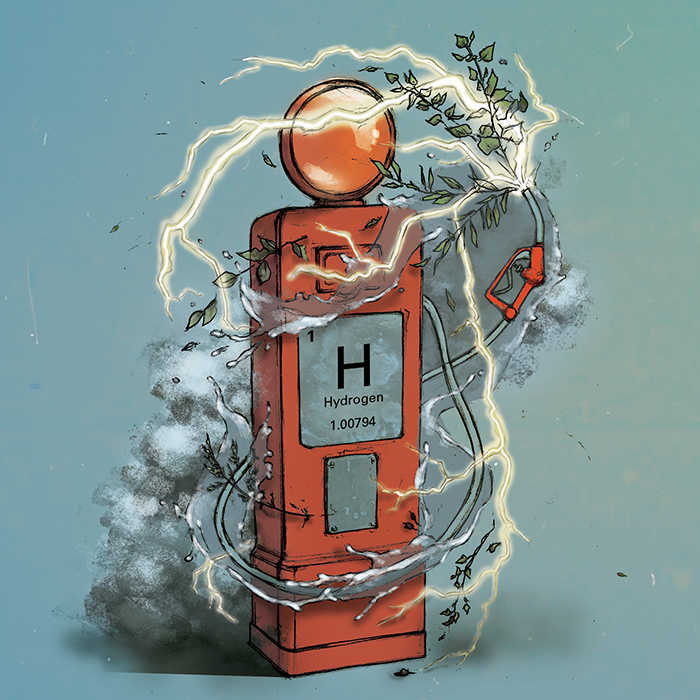Other than the trademark front-end and fancy decals, the Mercedes-Benz F-Cell looks like your typical hybrid powered grocery getter. But the F-Cell is anything but. Under the hood of this compact four-door sedan is an electric motor, and the only difference between it and its hybrid counterparts is that it runs entirely on hydrogen.
In the F-Cell, hydrogen gas is passed through a fuel-cell stack, mixing with oxygen to generate an electric current to power the motor. The only by-product is water vapour.
The German automaker embarked the F-Cell on a 30,000-kilometre journey around the world to test its capabilities as an extended-range vehicle. One hundred and twenty-five days later, it got the proof needed to move ahead with the consumer-testing phase currently taking place in Europe and the United States, with mass-production slated to begin in 2014.
BMW, Toyota, Ford, Nissan, General Motors and Honda announced just this past year that they too will be working towards mass-producing hydrogen fuel-celled vehicles by 2015.
Is this the death of gas-powered vehicles? “No,” says Steven Bergens, chemistry professor at the University of Alberta, “but it will be.” Bergens specializes in fuel-cell technology and says the most important thing we need to do is to build hydrogen infrastructure because “our infrastructure right now only provides gasoline, diesel, natural gas and propane for vehicles.”
After the infrastructure is in place, finding a way to safely store the hydrogen gas and making the technology more economically obtainable will come in time, says Bergens. But he adds that the usual time for any renewable resource technology to mature and be accessible is estimated at around 10 years.
According to the Canadian Hydrogen and Fuel Cell Association, hydrogen fuelling stations are now being tested in Surrey, Whistler and Vancouver, B.C. Until the hydrogen technology gains enough steam to become a viable replacement, car manufacturers are redefining the way we look at environmentally friendly vehicles by combining electric and hybrid capabilities into one package.
